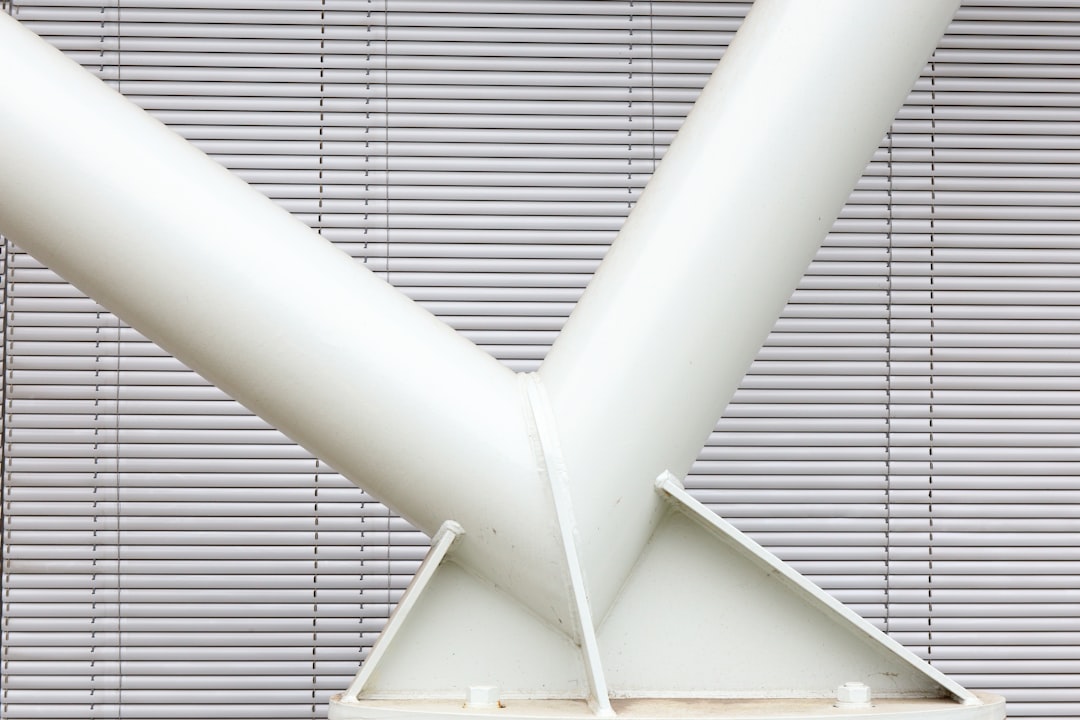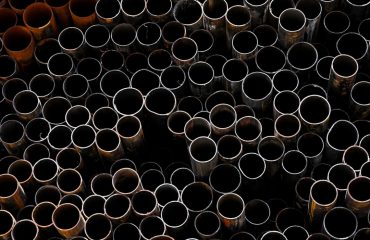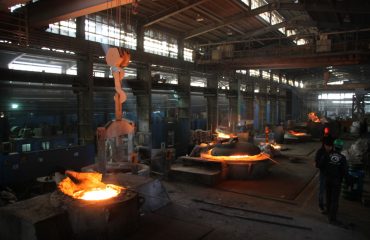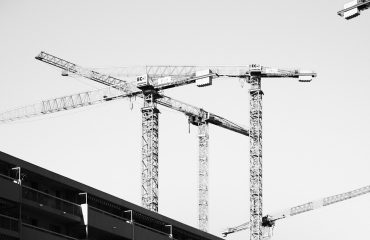body {
font-family: sans-serif;
line-height: 1.6;
}
h1, h2, h3 {
color: #333;
}
The wind energy industry is booming, and its continued success hinges on the reliable performance and efficient manufacturing of its components. While the blades often steal the spotlight, a crucial, often overlooked element underpinning the entire structure is the use of steel profiles. These precisely engineered shapes of steel form the backbone of wind turbines, contributing significantly to their stability, durability, and overall efficiency. This post delves into the critical role of steel profiles in wind energy projects.
1. The Indispensable Role of Steel Profiles in Wind Turbine Towers
Wind turbine towers are subjected to immense stresses from wind loads, vibrations, and the weight of the nacelle and rotor. Steel profiles, particularly hollow sections like square, rectangular, and circular tubes, are ideally suited for this demanding application. Their high strength-to-weight ratio allows for the construction of tall, slender towers that can withstand extreme weather conditions without excessive material usage. The hollow design also optimizes weight distribution, minimizing material costs and transportation challenges. Common steel grades used include high-strength low-alloy (HSLA) steels and weathering steels, chosen for their superior strength, corrosion resistance, and weldability.
The design and fabrication of these towers involve complex engineering calculations to ensure structural integrity. Finite element analysis (FEA) is frequently employed to simulate real-world loading conditions and optimize the profile selection and tower geometry for maximum efficiency and safety.
2. Steel Profiles in Nacelle and Turbine Components
Beyond the tower, steel profiles play a vital role in the nacelle, the housing unit at the top of the tower containing the gearbox, generator, and other key components. These profiles contribute to the structural strength and rigidity of the nacelle, ensuring the smooth and efficient operation of the internal machinery. Furthermore, various smaller steel profiles are used in the internal framework supporting the generator, the braking system, and other critical components.
Steel’s versatility also allows for the creation of custom profiles tailored to specific needs. This precision engineering ensures optimal fit and functionality within the often-complex arrangement of the nacelle’s internal systems. This minimizes weight, improves efficiency, and reduces manufacturing costs.
3. Manufacturing Processes and Quality Control
The manufacturing of steel profiles for wind turbine applications requires precise control over dimensions and material properties. Common manufacturing methods include hot-rolled and cold-formed processes. Hot-rolled profiles offer high strength and are suitable for larger sections, while cold-formed profiles allow for greater precision and complex shapes. Advanced techniques like laser cutting and robotic welding ensure high accuracy and repeatability, minimizing defects and improving overall quality.
Rigorous quality control measures are essential throughout the manufacturing process. Non-destructive testing (NDT) methods, such as ultrasonic testing and magnetic particle inspection, are employed to detect any internal flaws or imperfections that could compromise the structural integrity of the components. This ensures the longevity and reliability of wind turbines, minimizing downtime and maintenance costs.
4. The Importance of Corrosion Protection in Wind Energy Applications
Wind turbines are exposed to harsh environmental conditions, including wind, rain, salt spray (especially in coastal areas), and temperature fluctuations. Corrosion is a major concern, and therefore, effective corrosion protection is crucial for extending the lifespan of steel profiles. Common methods include galvanizing (hot-dip galvanizing), painting, and the use of weathering steels that form a protective oxide layer over time.
The choice of corrosion protection method depends on factors such as the specific environment, the steel grade used, and the cost-effectiveness of the chosen method. Regular inspections and maintenance are also essential to ensure the continued effectiveness of the corrosion protection system.
5. The Future of Steel Profiles in the Wind Energy Sector
As the wind energy industry continues to grow, the demand for high-performance steel profiles will increase. Research and development efforts are focused on developing new steel grades with even higher strength-to-weight ratios, improved corrosion resistance, and enhanced weldability. The use of advanced manufacturing techniques, such as additive manufacturing (3D printing), is also being explored to create complex and customized profiles that could further optimize wind turbine design and efficiency.
Furthermore, the industry is exploring sustainable practices in steel production, aiming to reduce the carbon footprint associated with steel manufacturing. This includes using recycled steel and developing more energy-efficient production processes. The future of steel in wind energy is bright, with ongoing innovation promising even more efficient and sustainable wind power generation.
Tags: Steel profiles, wind turbine, wind energy, steel construction, renewable energy




